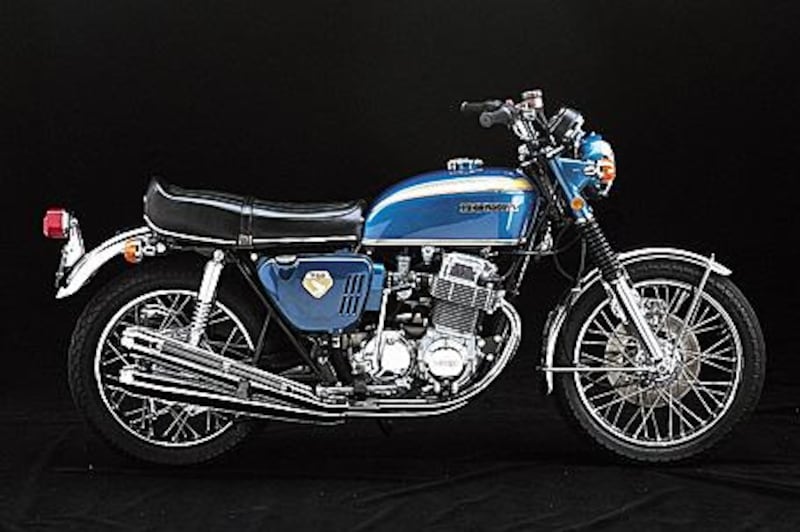Success can only be achieved through repeated failure and introspection," mused the late Soichiro Honda, the man who fashioned a motorbike and car manufacturing business out of the economic despair of 1940s Japan. Having suffered personal injury before the war and professional devastation during it - his piston ring manufacturing business had been all but destroyed by Allied air raids before the Nankai earthquake in Japan finished what the bombers had started - Mr Honda was probably more acutely aware than most of that human condition that helps one triumph through adversity.
And so, undaunted by those previous setbacks, he began adding motors to bicycles in 1946 to create the A-Type moped. Honda followed that with a conveyor belt of 1950s best-sellers, including the Super Cub moped which would, decades later, become the mode of transport of choice for pizza delivery boys around the globe. But while the orders flooded in, Honda still craved the same twin accolades that a boy-band might hanker after as their pop career begins to move ever upwards: credibility and the conquering of America.
Honda began to address the second part of that conundrum in 1959, and North American customers were soon lapping up the Japanese company's shiny, happy marketing - "you meet the nicest people on a Honda" - and the cheap dependability of its model range. In fact, by the mid-Sixties, the bike maker held close to two-thirds of American sales in its grasp, although that credibility remained elusive. Honda's nimble sub-500cc units had, to this point, failed to impress that not insignificant constituency of US bikers who turned up their noses at anything less than a huge Harley-Davidson or something similarly grand from the British Isles. The Honda CB750 would, however, eventually smash the rather glib assumption that "bigger always means better".
A masterpiece in design, the Honda brought both power and precision together in one package and in the process created a new market sector entirely: the superbike. The CB750 rose, in 1969, from the nanahan project (nana meaning seven and han meaning a half in Japanese), equipped with a four-cylinder 750cc engine that delivered a maximum output of 67hp - a shade more than a burly 1,300cc Harley and a full 15 per cent ahead of BSA's supposedly all-conquering 750cc Rocket III of the same era.
The CB750's power, which gave the bike a blinding top speed of 190kph, was mated to technologically advanced front disc brakes, smooth riding dynamics and a killer price of US$1,495, at a time when less sophisticated bikes would routinely sell for up to $4,000. Little wonder then that a meeting of American Honda's dealers, brought together for a first look at the CB750 shortly before its launch, burst into spontaneous applause when told of the bike's price point.
America quickly fell for the charms of the CB750 and Honda struggled to build enough bikes to keep up with growing demand. This was no faddish obsession either, as the CB750 delivered solid sales figures for years afterwards. It was Honda's cash and credibility cow. British bikes meanwhile, hitherto seen as paragons of sportiness, withered on the vine and would never recover the ground they lost to Honda in the US in the Seventies.
Similarly, the bike maker's domestic competitors - Kawasaki and Yamaha - endured a period of introspection of their own before beginning a full-out offensive to create their own nanahan and topple the CB750's undisputed crown. Not surprisingly, Yamaha's sustained attack ended in failure. The Honda was simply too super to be ceded from its position as the bike that broke American sales records and British spirits. nmarch@thenational.ae







